|
1/11/2016 0 Comments All Saints Day and all Souls Day
0 Comments
Read in Italian first and in English after Questo frutto tipico autunnale piace proprio a tutti, è molto digeribile e soprattutto non contiene glutine.
Inoltre le castagne sono estremamente benefici per la salute dell’organismo.Ora vediamo come cuocere le castagne in 4 modi semplici e veloci: Padella Incidete la buccia delle castagne con un coltellino affilato, quindi mettetele in padella già calda. A questo punto giratele di continuo affinché non brucino, fino a cottura ultimata. Attenzione! sarà necessario lasciarle raffreddare un po’ e mangiatele ancora calde. Forno Mettete le castagne in una bacinella piena d’acqua per almeno mezz’ora e scolarle. Con un coltello, incidere un taglio sulla parte più bombata della buccia, stando attenti a non tagliare la polpa che si trova all’interno. Preriscaldare il forno a 220°e cuocerle per circa 20-30 minuti. Ricordatevi di scuotere la teglia, ogni tanto, per una cottura più uniforme. Pentola Il modo più semplice per cuocere le castagne è quello farle lessare in una pentola, completamente coperte di acqua per 25-35 minuti. Potete verificare la cottura come si fa con le patate, infilzandole con una forchetta. Pentola a pressione Lavate le castagne sotto l’acqua corrente, mettetele in pentola con un paio di foglie d’alloro e copritele d’acqua. Chiudete coperchio e valvole e mettete la pentola sul fuoco. Al fischio abbassate la fiamma al minimo e aspettate 15/20 minuti. Microonde Le castagne al microonde sono pronte in soli 5 minuti! Dopo aver inciso tutte le castagna, mettetele in una ciotola piena d’acqua per ottenere delle castagne morbide e facili da sbucciare, così anche le fastidiose “pellicine” non resteranno più attaccate. Lasciatele a bagno per 10 minuti. Scolatele e disponetele su un piatto adatto al microonde. Cuocete le castagne per 5 minuti alla massima potenza, ma non più di 750-800 watt. http://www.cibodistrada.it English version: Everyone likes this autumn fruit, it's easy to digest and it's gluten free. Moreover, chestnusts are very beneficial for our health. Here are 4 easy and quick ways to cook them: Fry pan: Carve and peel chestnuts with a sharp knife, then place them in a hot fry pan. At this point constantly flip them so they do not burn, until cooked. Warning! you will need to let it cool a bit and eat them while still hot. Oven Put the chestnuts in a bowl of water for at least half an hour and then drain. With a knife, cut a gash on the most convex part of the skin, being careful not to cut the flesh that lies within. Preheat oven to 220 degrees and cook for about 20-30 minutes. Remember to shake the pan every now and then for more even cooking. Pot The easiest way to cook chestnuts is to boil them in a pot, completely covered with water for 25-35 minutes. You can check the cooking as you do with the potatoes, sticking a fork in. Pressure cooker Wash chestnuts under running water, put them in a pot with a few bay leaves and cover with water. Close lid and valves and put the pot on the fire. When it whistles, lower the heat to low and wait 15-20 minutes. Microwave Chestnuts in the microwave are ready in just 5 minutes! After carving all the chestnuts, place them in a bowl of water to obtain soft and easy to peel chestnuts, in this way the annoying "cuticle" will remain no longer attached. Leave them to soak for 10 minutes. Drain and place them on a dish suitable for microwave. Cook the chestnuts for 5 minutes at full power, but no more than 750-800 watts. Chestnuts can be found in Australia too. I know of Italian clubs in Australia who go hunting in Autums. If you find any, let us know how you've cooked them. Taormina is a town in the province of Messina, in the region of Sicily in Italy.
Spectacularly located on the side of a mountain, Taormina is one of Sicily's most popular summer destinations, popular with holidaying high-rollers and those wanting a taste of Sicilian dolce vita. Granted it's unashamedly touristy and expensive, but the town merits a couple of days for its stunning ancient theatre, people watching and breathtaking vistas. Near the theater, cliffs drop to the sea forming coves with sandy beaches. A narrow stretch of sand connects the mainland to Isola Bella, a tiny island and nature reserve. My husband and I stopped here for 3 days during our tour of Sicily and the things we enjoyed most were the snorkeling around the Isola Bella, the trips on the funivia that takes you to the top of town and the kindness of people. Jason, my husband, keeps recolling the time where we asked a lady directions to go to our hotels and she personally walked us there as it was the most natural thing to do. Taormina gets extremely busy in July and August and virtually shuts down between November and Easter. Ideally, head up in April, May, September or October. There are a few Italian schools where some of our students have been to for a week or two of intensive Italian and they really enjoyed their time there. If you wish some information don't hesitate to ask! Interested in the 10 best things to do in Taormina? Check this link out! https://wanderwisdom.com/travel-destinations/Top-10-Things-Taormina-Sicily 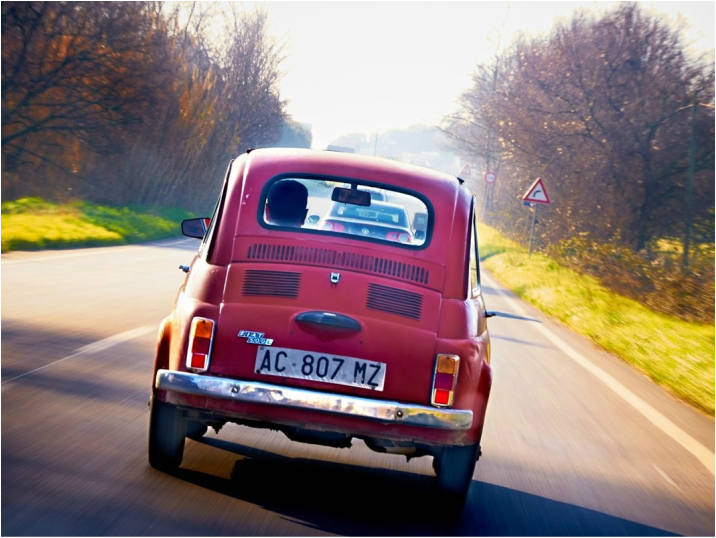 1. Noise This could be the first thing that foreigners complain or think about Italians – their noise. For non-Italians, every day is a surprise whenever the streets are filled with locals chatting, yelling, singing, playing, talking on the phone, and driving while furiously honking their horns. The nuisance is added by the sounds from your apartment neighbours that go through the thin walls and floors that makes every TV show they’re watching and every piano piece they’re playing audible. However, noise can be too much too for the locals that it caused someone to get in jail for reasons like noisy sex and committing murder on “noisy” neighbors. Despite these outrages, Italy continues to be known as a lively country surrounded by different sounds from day to night. 2. Meal Courses Don’t expect to eat only from one plate during lunch (sometimes though, it’s okay to buy one and even share a plate depending on the region or restaurant). There will be at least three courses in a traditional Italian meal, which can be a bit awkward for some foreigners. The menu consists of antipasti - starter dishes like a slice of salami or marinated vegetables; primi piatti – starches like gnocchi, risotto, or pasta; secondi piatti – the main or meat course, with or without contorno – a vegetable side dish; dolce – desserts like tiramisu, panna cotta, or gelato; and beverages – from sparkling water to espresso. It’s weird for some to eat pasta first without the meat and side dishes because the primi piatti and secondi piatti can’t be eaten together. 3. Nothing Savory for Breakfast Italians don’t eat eggs, ham, and bacon for breakfast which puzzles some tourists. A typical Italian breakfast which they call “prima colazione” or simply “colazione”, consists of one hot drink like caffè latte, cappuccino, hot chocolate, or black tea together with bread, toast, brioche, croissants, biscotti, or cakes. Colaziones are usually done in “bars” (different from the typical American bar)that serve coffee and baked goods to people who want a quick breakfast before going to work or school. If you’re in Italy and eager to have savory breakfast, eating in the hotel is your best choice. 4. Mad Hand Movements Italy won’t be Italy without Italians, and Italians won’t be Italians without their hand gestures. People are quite entertained to see the locals talking at the piazza telling stories in full expression with their hands moving here and there. The language of Italian gestures was inherited from the Greeks who moved to southern Italy to colonize Naples. The Italians during that time used gestures to communicate without being heard and it became a tradition that still exists in every Italian blood. 5. Devotion to Family Italians are known for their close family ties, their love for children, and care for the elderly. Foreigners quickly notice that Italians will put their family first before everything, It’s not a shame for unmarried Italians to stay with their parents until they have their own family. In addition, kids are free to do whatever they want in public. They are tolerated and welcomed in restaurants even though they just run around, touch random things, or throw tantrums – and it’s all because they’re part of the family. Strict generational walls don’t exist in Italy unlike in other cultures. 6. Road Rage Think twice before renting a car in Italy and make sure that you’re capable enough to drive along with the crazy yet skilful Italian drivers. Yes, they get too close, they’ll cut you off, and they’ll sometimes ignore traffic signs. These are completely normal in Italy and if these things scare you, forget about driving. Moreover, Italians have been always ranked as Europe’s worst drivers in surveys. If you’ve decided to drive, just be confident and remember this Italian saying: “You watch your front, let everyone else watch your back” because this is how they live on the road. 7. Lack of Personal Space Italy lacks (or never had) this thing they call personal space. They consider it polite to be close to someone while talking and it isn’t awkward to talk while touching your hands and arms. Hugs and kisses aren’t considered eyebrow-raising when done in public. In public transportations, they won’t mind if you sit right next to them even if there are seats available; or stand behind them that you can already feel and hear their breathing; or even sit on an occupied seat which is only meant for a single occupant. Don’t misjudge an Italian’s way of socializing as making sexual advances. 8. Afternoon Store Closings You plan to buy something and it’s 2 in the afternoon. You notice the stores are closed, the same as the store you plan to visit. You’ll think that the store owners or staff are on a “siesta” but this is not the case if you’re in Italy (especially in rural areas). They’re just closed, usually from 12:30pm to 3:30pm. They don’t usually take naps in these hours. They go home, cook, eat, and rest a little before they go back to work. In busy cities where no one can bother to go home to cook, there are restaurants that offer lunch menus. 9. Coffee When in Italy, forget about Starbucks for a while and have your caffeine fix in a “bar”. Don’t confuse these Italian bars as a place that’ll serve you alcoholic cocktails. You enter a bar, find the cassa (register), pay, join the queue, and order your coffee. You’ll notice that most of the people are standing up while drinking their coffee, but then you might be used to taking that cup to your desired table and sip it while you sit and just let time pass by. Either way of drinking coffee is fine, just be ready to take out more cash when you choose to be seated. There are many things about the coffee culture in Italy you should take note of such as: not using the word espresso and ordering “un caffè” instead; not ordering cappuccinos after 11am; and ordering a latte means you want a glass of tepid milk. 10. Slow Life One thing that foreigners, especially from the busiest cities around the world, notice about Italy is the way that Italians take things slowly. Slow-food is a way of life. Dinners can last for three hours. To-go food is considered hard to find unless you’re in a touristy city. And remember not to be easily frustrated in meetings because it’s acceptable for Italians to be late for an appointment. In other words, Italians live in the present. Do you agree? 2/4/2015 0 Comments PASQUALike all holidays in Italy, Easter, Pasqua in Italian, has its share of rituals and traditions. The Monday following Easter, la Pasquetta is also a holiday throughout Italy and the days before Easter in Italy include solemn processions and masses.
Good Friday and Easter Week Processions Solemn religious processions are held in many towns on the Friday or Saturday before Easter and sometimes on Easter Sunday. Many churches have special statues of the Virgin and Jesus that play a big part in the processions. The statues may be paraded through the city or displayed in the main square. Parade participants are often dressed in traditional ancient costumes. Olive branches are often used instead of or along with palm fronds in the processions and to decorate churches. While Easter mass will be held in every church in Italy, the biggest and most popular mass is held by the Pope at Saint Peter's Basilica. On Good Friday, the Pope celebrates the Via Crucis or Stations of the Cross in Rome near the Colosseum. A huge cross with burning torches lights the sky as the stations of the cross are described in several languages Easter food Since Easter is the end of the Lent season, food plays a big part in the celebrations. Traditional Easter foods in many places include lamb or goat, artichokes, and special Easter breads that vary from region to region. Pannetone and Colomba (dove shaped) breads are often given as gifts as are hollow chocolate eggs that usually come with a surprise inside. Easter Monday - La Pasquetta On Easter Monday, some cities hold dances, free concerts, or unusual games often involving eggs. Easter Monday is a time to gather with friends and have fun. 16/2/2015 0 Comments CARNEVALE During the month of February in Italy people celebrate Carnevale. Carnival literally translated means "no meat" and are the traditional Christian celebrations and feast right before the start of the Christian period of Lent (six weeks period before Easter during which one maintains a frugal diet). Carnival typically involves a public celebration or parade combining some elements of a circus, mask and public street party. People often dress up and wear masks. Very famous Carnivals in Italy are Carnevale di Venezia, Carnevale di Viareggio and Carnevale di Ivrea. Carnervale di Venezia is very famous around the world; it is common for people to attend the Carnival wearing elaborate costumes and distinctive masks. Carnevale di Ivrea is famous for its Battle of Oranges ( battaglia delle arance)
28/1/2015 0 Comments ITALIAN BOOTCAMPThis year we organized the first Italian Boot Camp for HSC students. It was a success!! We had a very nice group of students, all very keen to improve their Italian. They had the opportunity to speak Italian for one whole week! We had a lot fun with different activities, we made gnocchi with an Italian chef, we had a Treasure Hunt and an Italian picnic at the beach. Complimenti ragazzi! Cooking class with Italian Chef Francesco from Mare e Sole Restaurant in ManlyCelebrating Anna's birthday with a delicious Ricotta Cake Treasure Hunt around Manly (Caccia al tesoro) Italian picnic at Shelley Beach
10/12/2014 0 Comments ROMA"Alla scoperta dell'Italia" The second stop of our trip discovering Italy is Roma, "la citta' eterna". This video shows an incredible atmosphere in Rome with its Colosseo, Fori Romani, Vaticano and much more. You can also see Pisa in this video. Bellissima Roma! 3/12/2014 0 Comments GRAMMATICA ITALIANA: GLI ARTICOLI In Italian there are two main types of article: definite (determinativi) and indefinites (indeterminativi).
The definite articles are used to introduce nouns which refer to a specific item, in English we would use the article the. The indefinites are used when we know what type of person or thing the noun refers to, but not which individual; they are equivalent to the articles a and an in English. ARTICOLI DETERMINATIVI In English the definite article (l'articolo determinativo) has only one form: the. In Italian, it has different forms according to the gender, number, and first letter of the noun it precedes. Il is used before masculine singular nouns beginning with a consonant Il libro, il tavolo L’ is used before masculine singular nouns beginning with a vowel L’aereo, l’orologio Lo is used before masculine singular nouns beginning with s + consonant or z Lo studente, lo zaino I is used before masculine plural nouns beginning with a consonant I libri, I tavoli Gli is used before masculine plural nouns beginning with a vowel or s + consonant or z Gli aerei, gli orologi, gli studenti, gli zaini La is used before feminine singular nouns beginning with any consonant La sedia, la penna L’ is used before feminine singular nouns beginning with a vowel L’amica, l’insalata Le is used before feminine plural nouns beginning with a consonant or a vowel Le sedie, le penne, le amiche, le insalate ARTICOLI INDETERMINATIVI The Italian indefinite article (l'articolo indeterminativo) corresponds to English a/an and is used with singular nouns. Un is used for masculine words beginning with a consonant or a vowel Un tavolo, un amico Uno is used for masculine words beginning with z or s + consonant Uno zio, uno studente Una is used for feminine words beginning with a consonant Una sedia, una zia Un’ is used for feminine words beginning with a vowel. Un’amica, un’idea 26/11/2014 0 Comments VOLAREVolare by Domenico Modugno is one of the most famous Italian songs. It' a classic and part of Italian culture. Everyone should learn it! Volare (Nel blu dipinto di blu)
Penso che un sogno così non ritorni mai più Mi dipingevo le mani e la faccia di blu Poi d'improvviso venivo dal vento rapito E incominciavo a volare nel cielo infinito Volare, oh oh... Cantare, ohohoho... Nel blu dipinto di blu Felice di stare lassù E volavo, volavo felice Più in alto del sole ed ancora più su Mentre il mondo pian piano spariva, lontano laggiù Una musica dolce suonava soltanto per me Volare, oh oh... Cantare, ohohoho... Nel blu dipinto di blu Felice di stare lassù Ma tutti i sogni nell'alba svaniscono perché Quando tramonta, la luna li porta con sé Ma io continuo a sognare negli occhi tuoi belli Che sono blu come un cielo trapunto di stelle Volare, oh oh... Cantare, ohohoho... Nel blu degli occhi tuoi blu Felice di stare quaggiù E continuo a volare felice Più in alto del sole ed ancora più su Mentre il mondo pian piano scompare negli occhi tuoi blu La tua voce è una musica dolce che suona per me Volare, oh oh... Cantare, ohohoho... Nel blu degli occhi tuoi blu Felice di stare quaggiù Nel blu degli occhi tuoi blu Felice di stare quaggiù con te |
Archives
November 2016
CategoriesAll Beginners 1 Discovering Italy Early Bird Offer Feste And Events Funny Videos Hsc Students HSC Students (material And Activities) Interesting Stuff Italian Cities Italian Film Festival Italian For Children Italian Grammar Italian Language History Jessica's Life And Thoughts Music Videos In Italian |

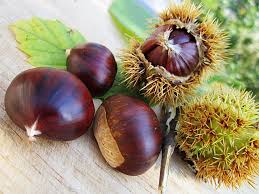
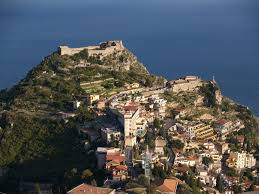
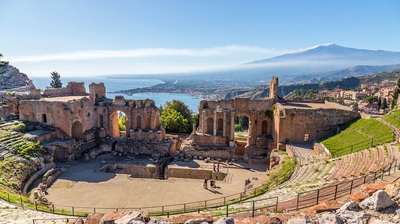
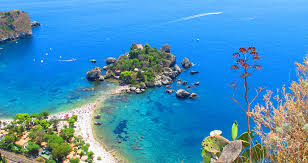
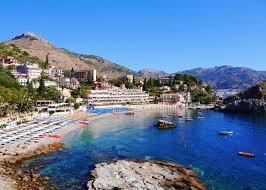
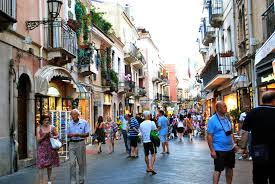
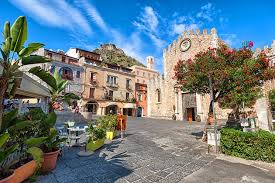
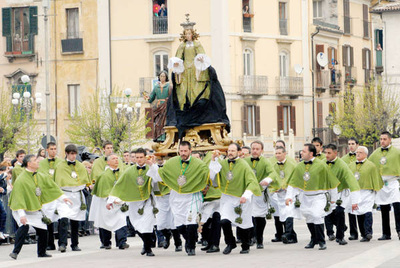

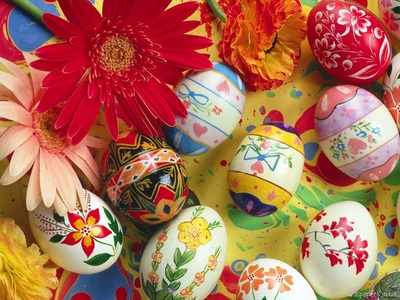
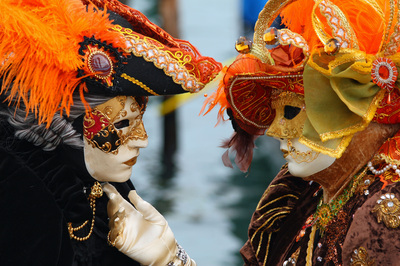
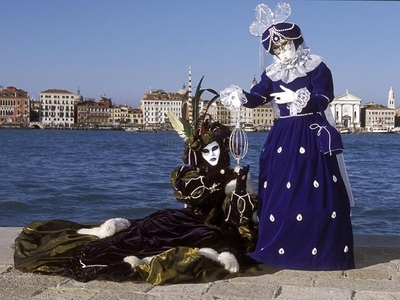
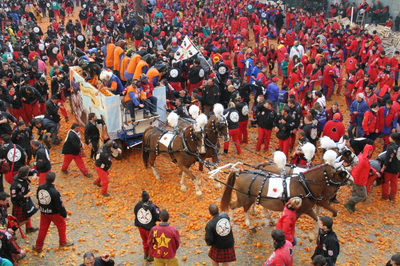
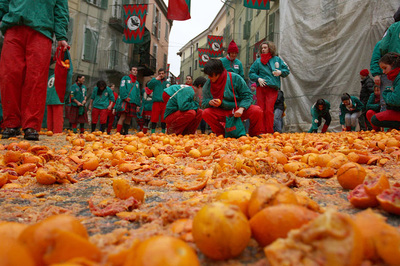
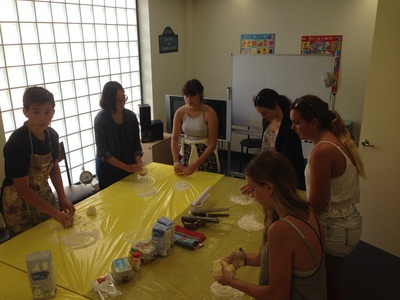
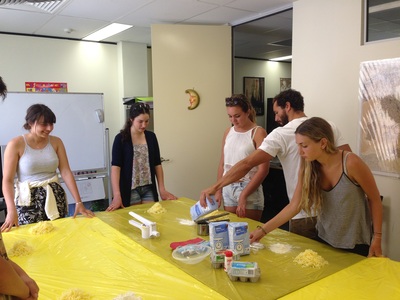
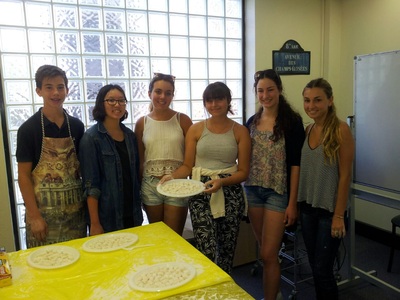

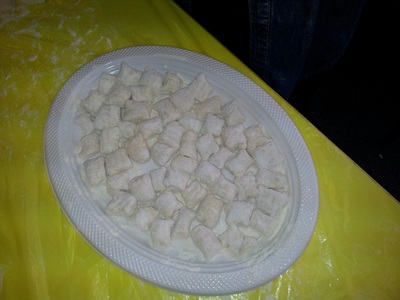
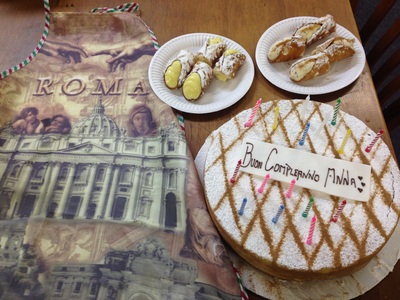
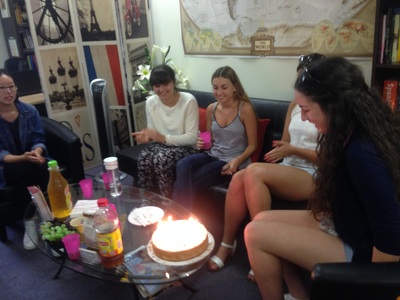
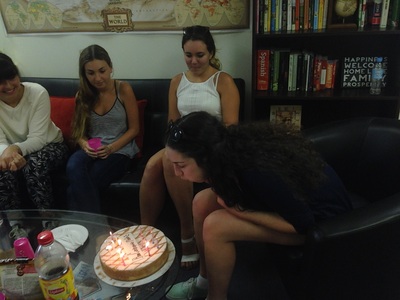

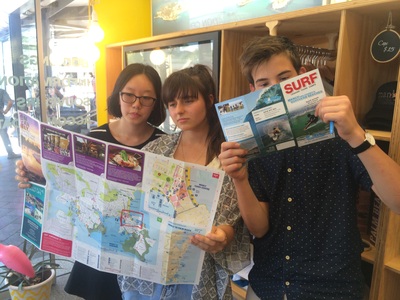
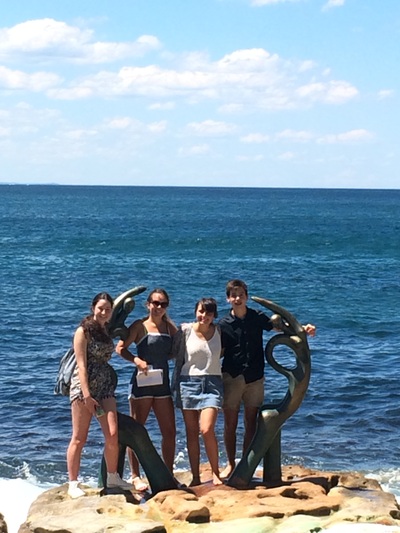

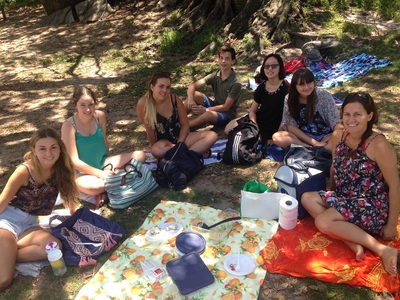
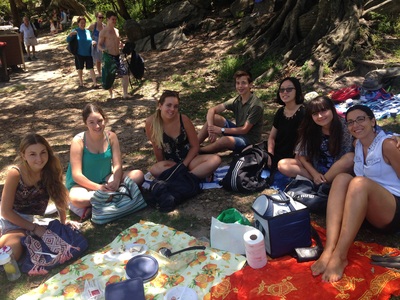
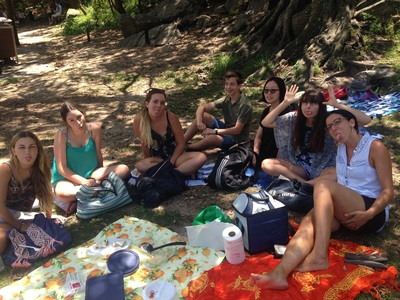
 RSS Feed
RSS Feed